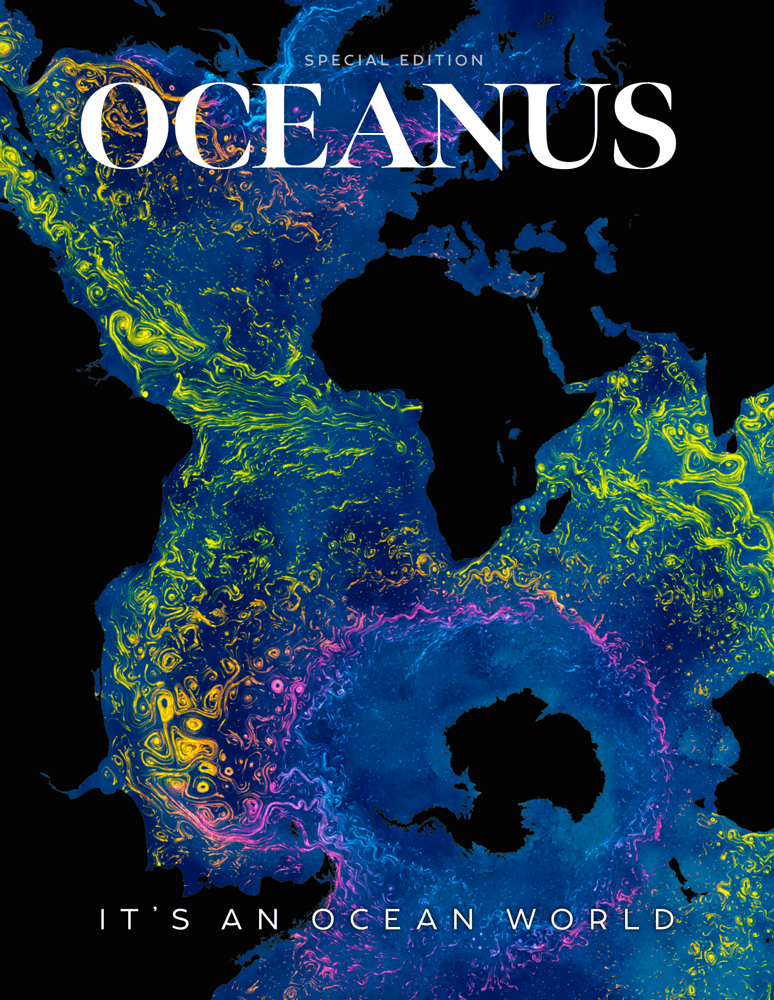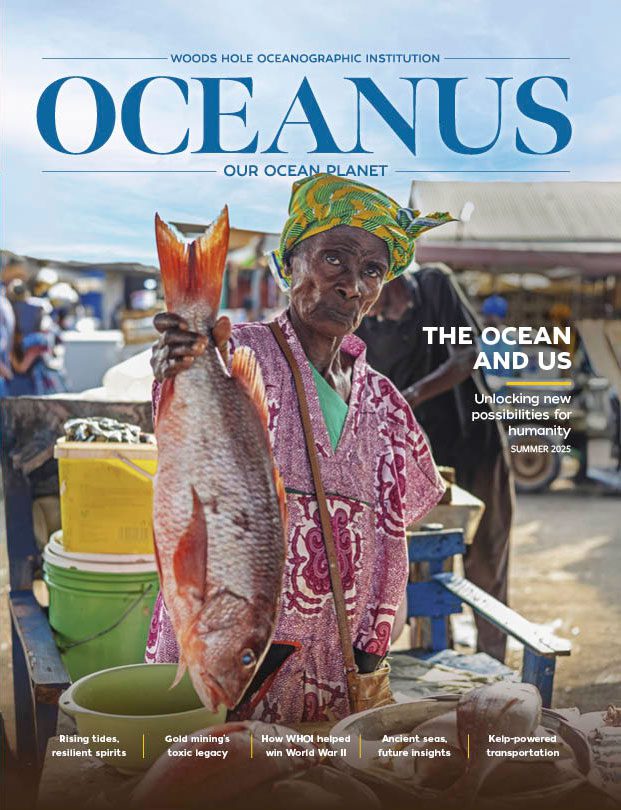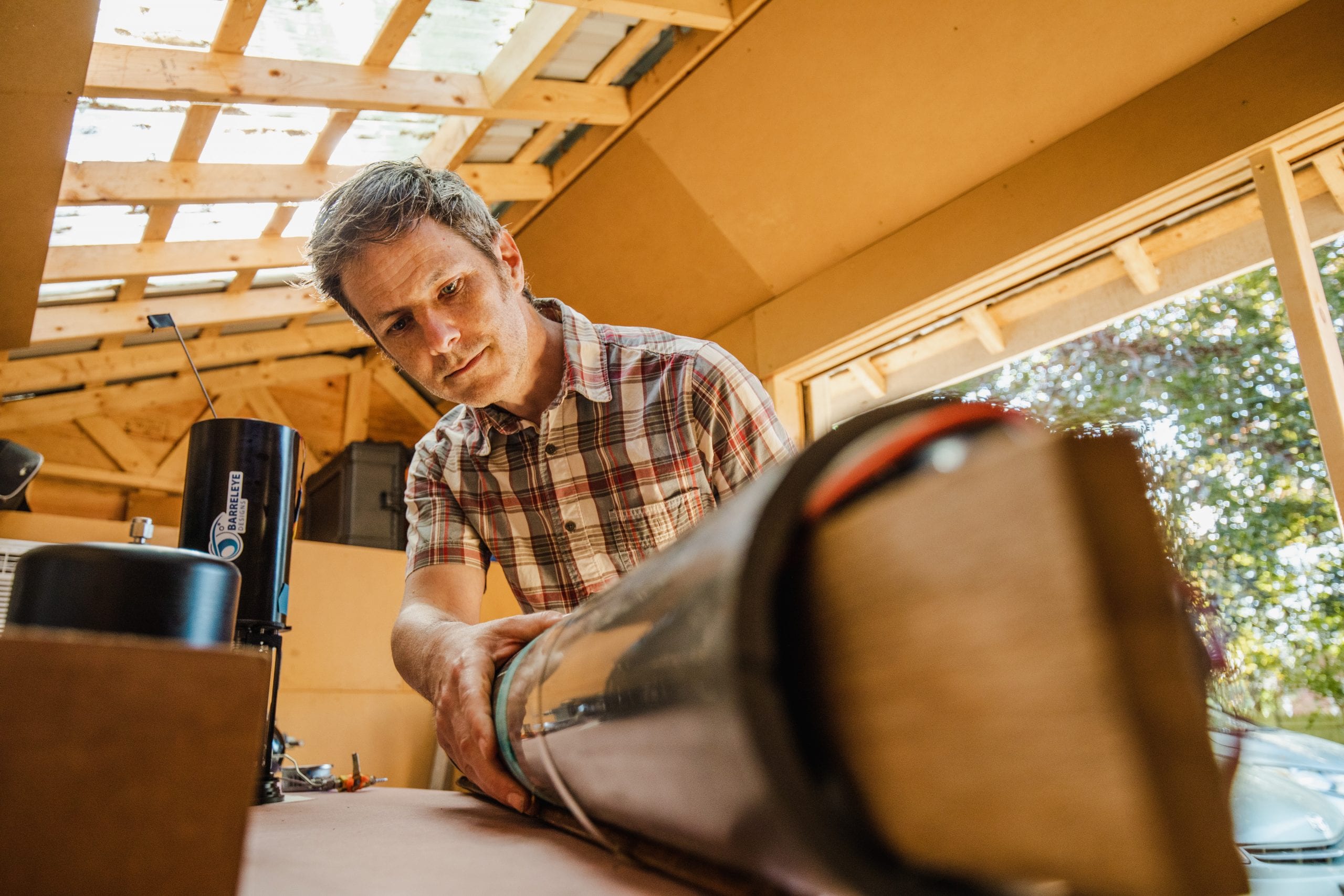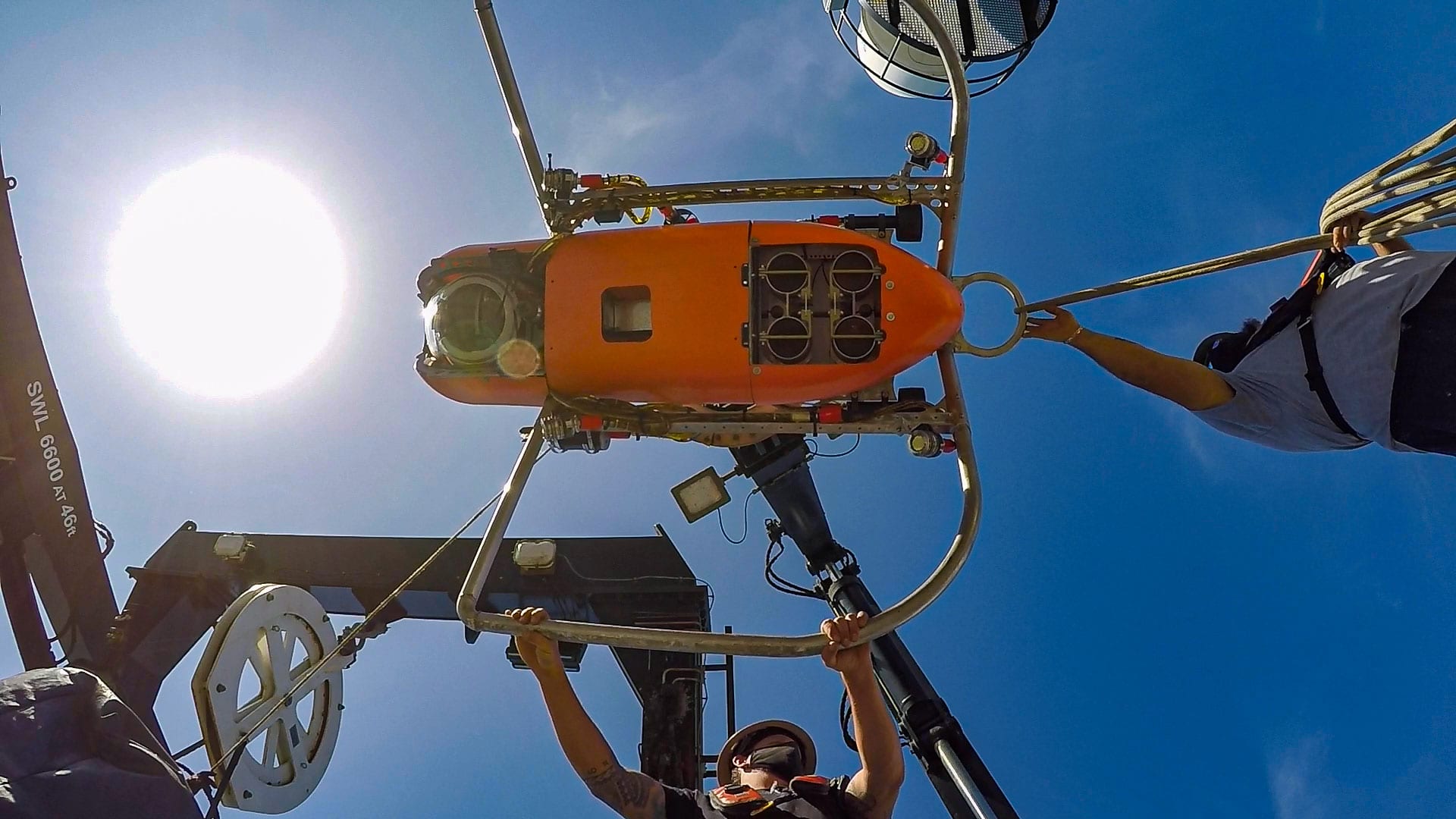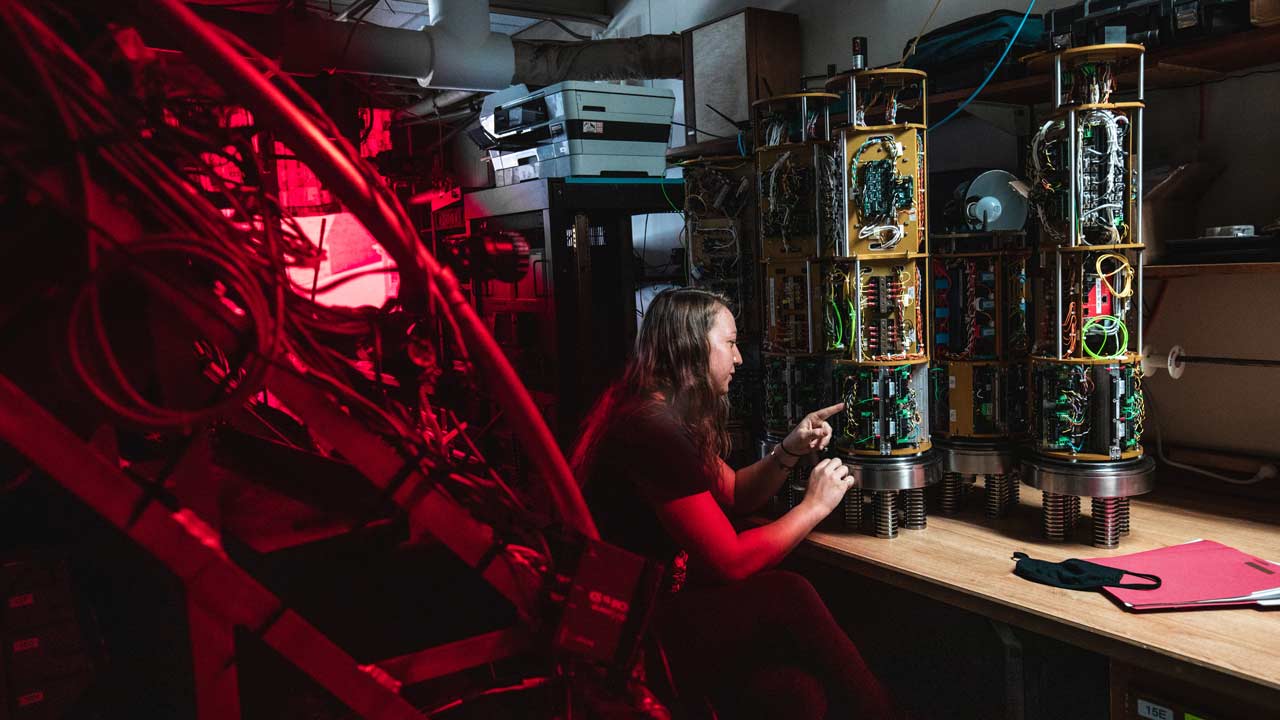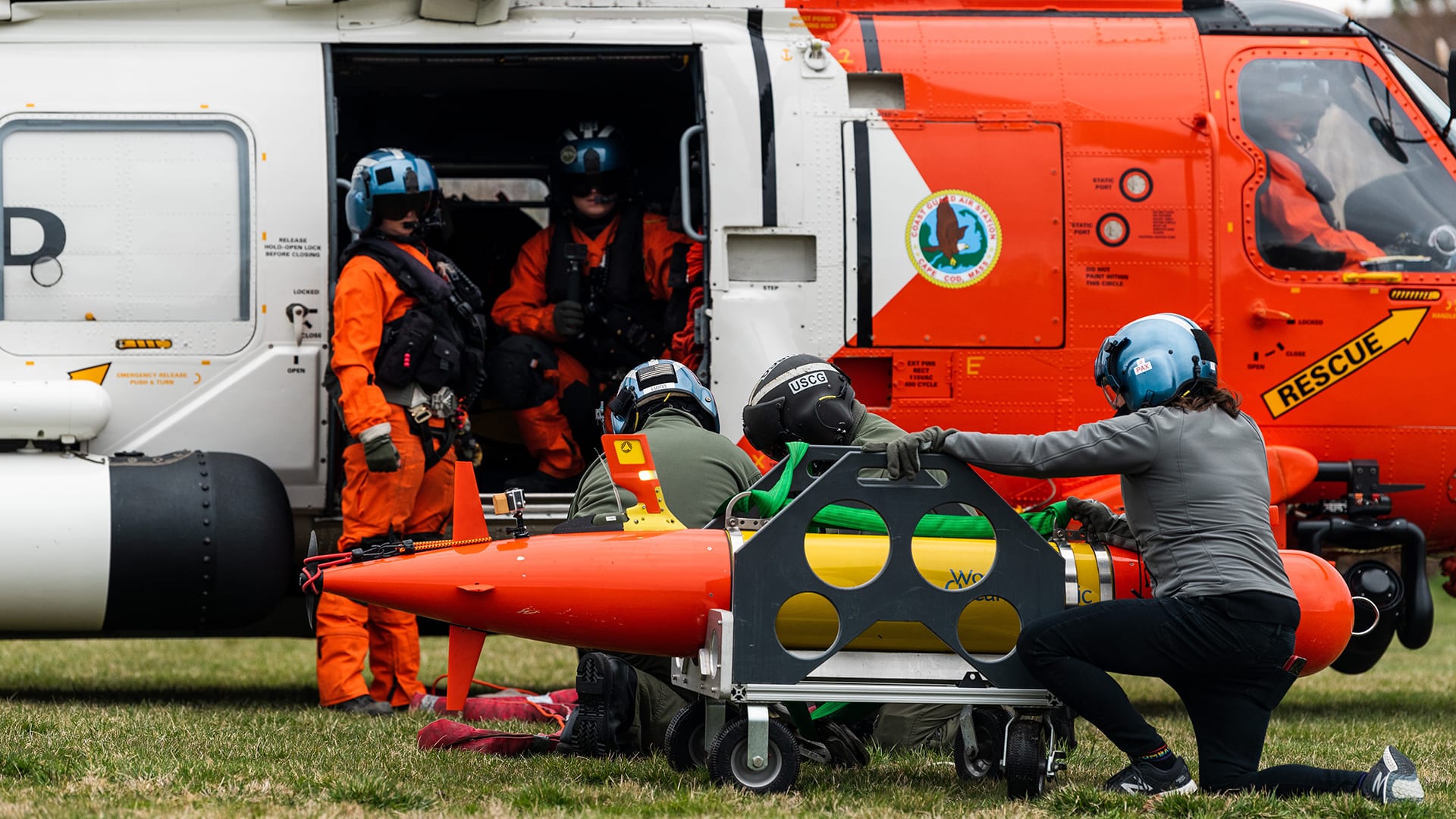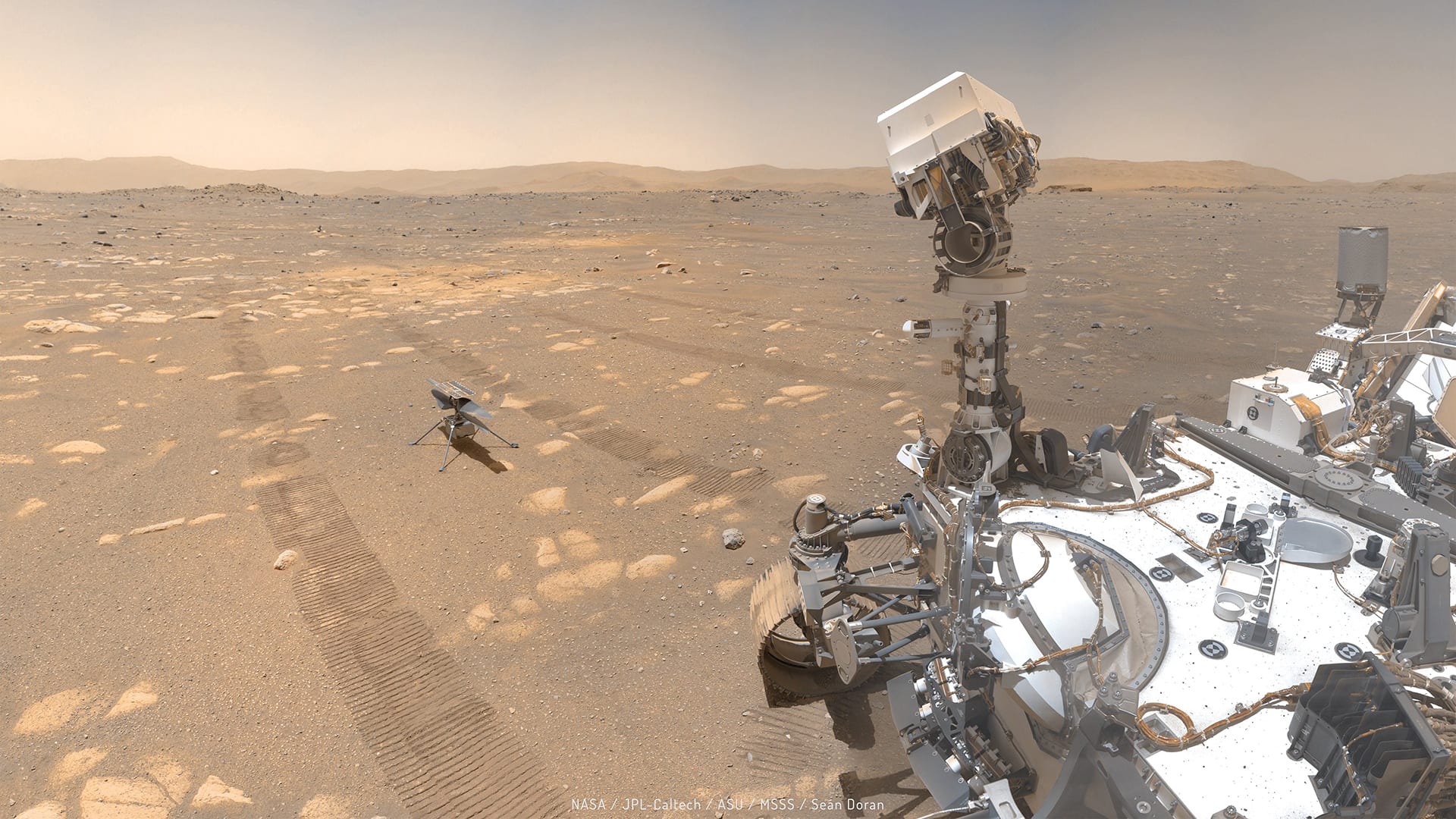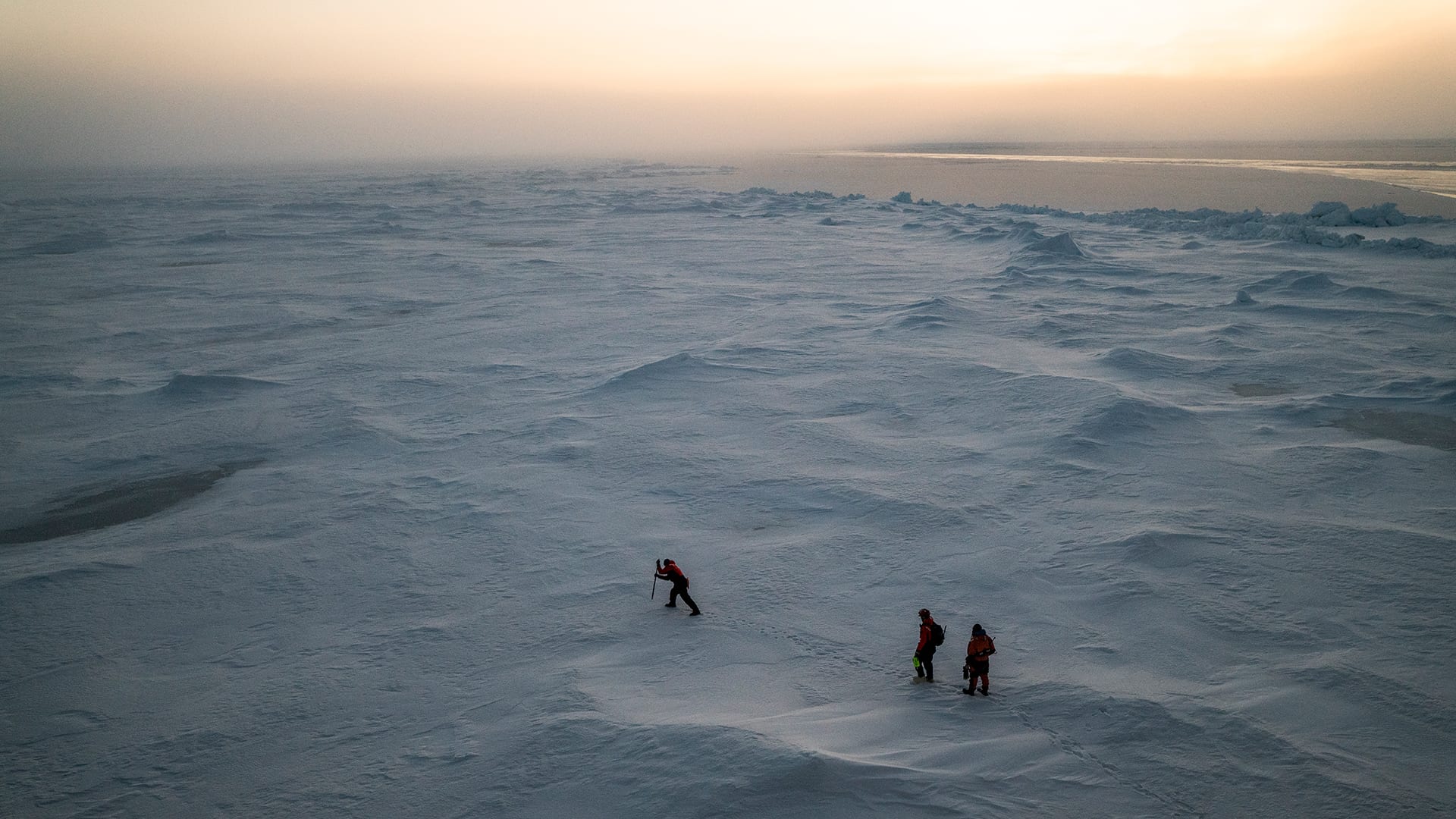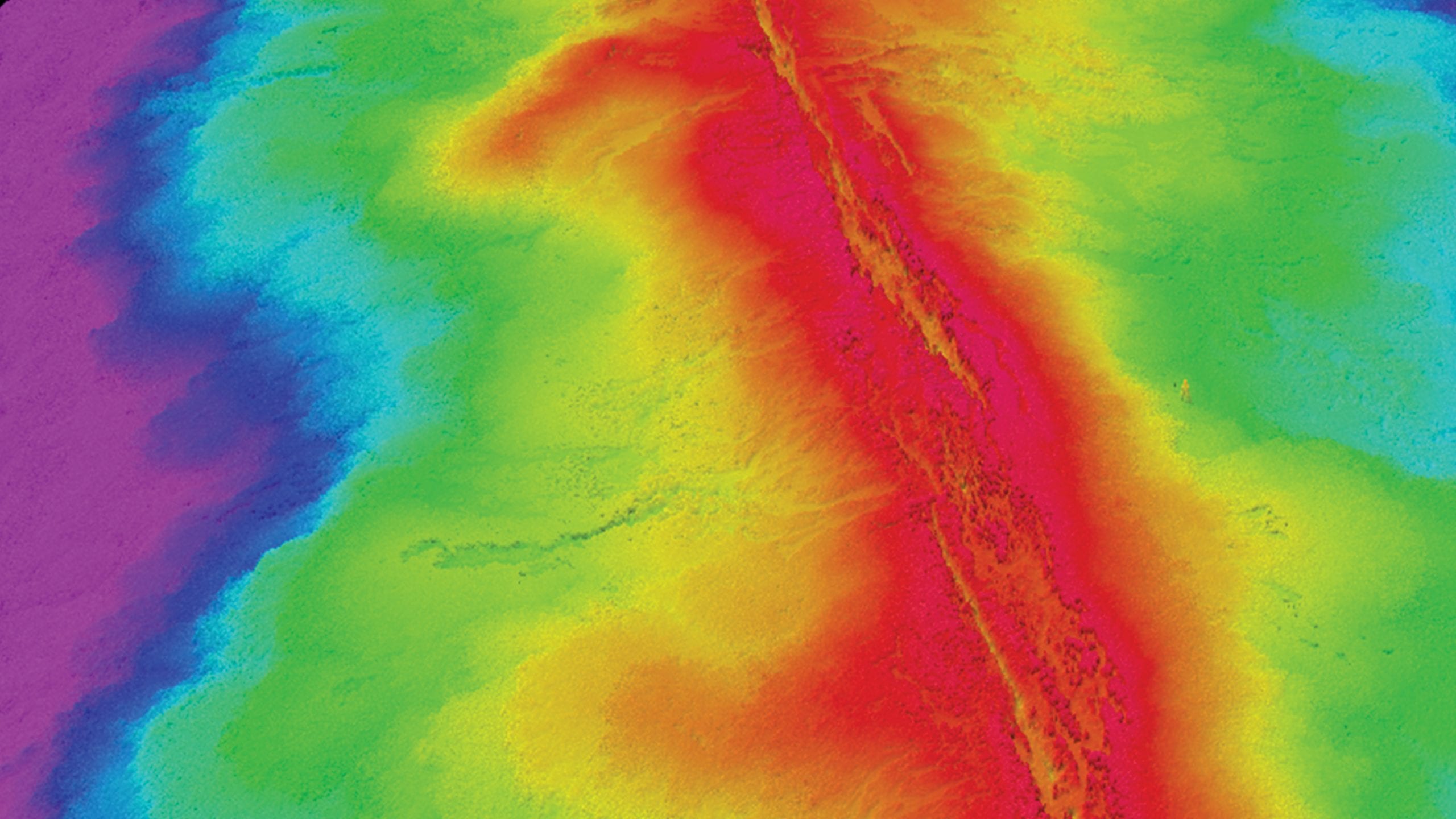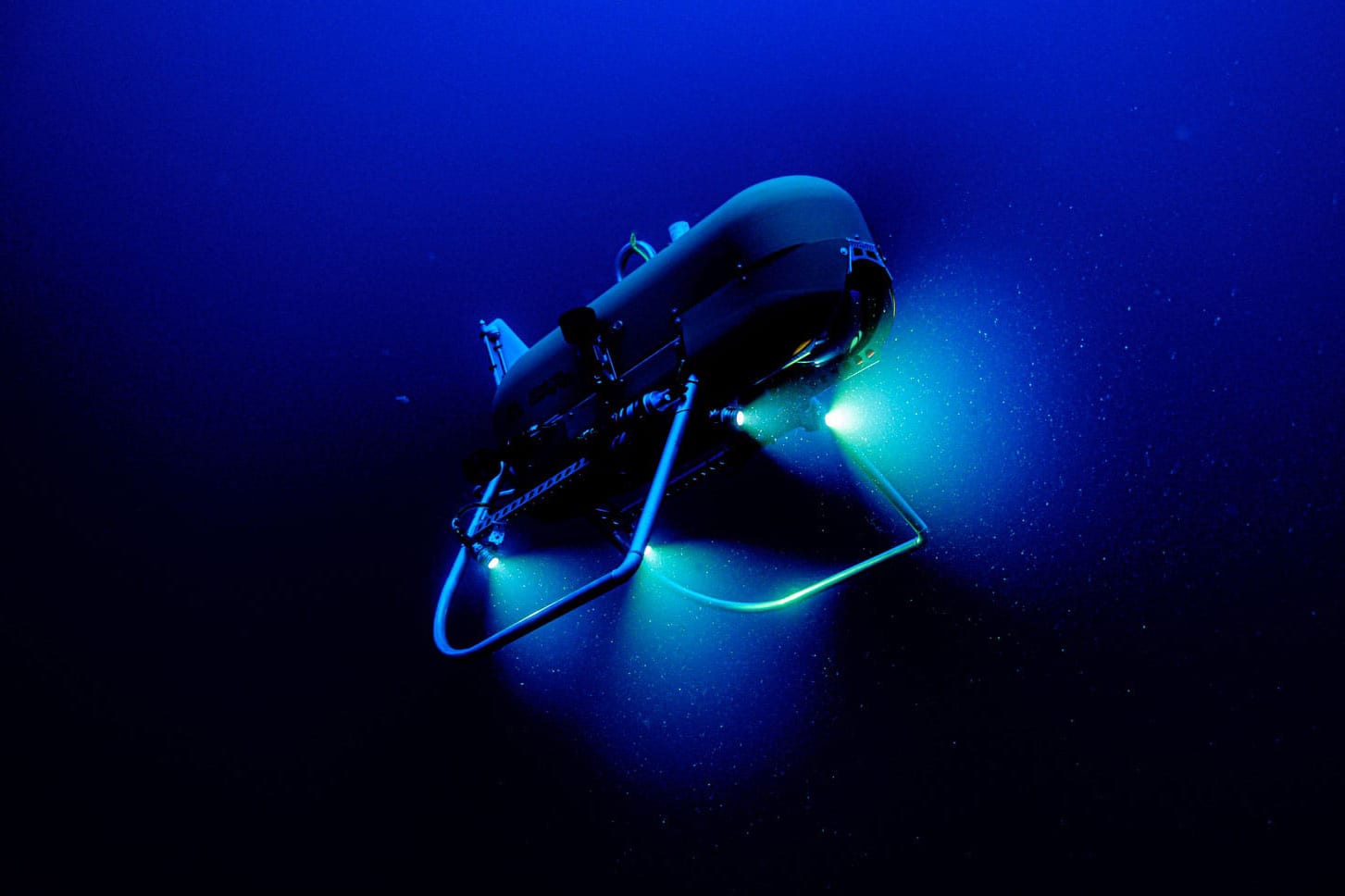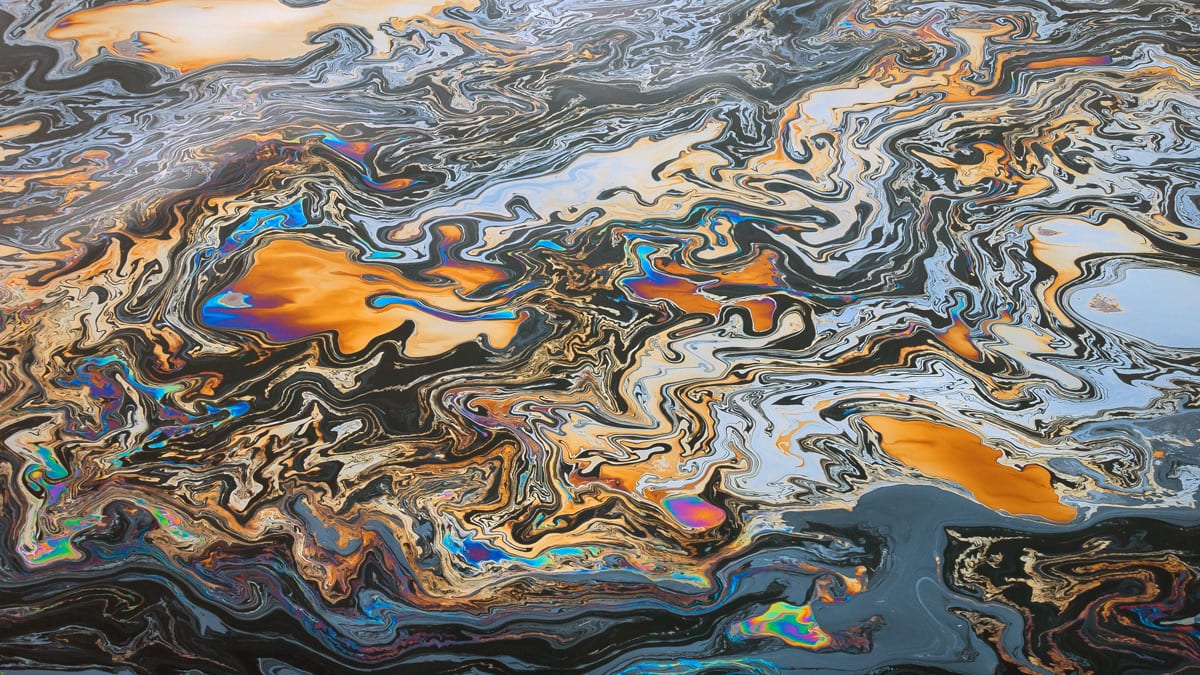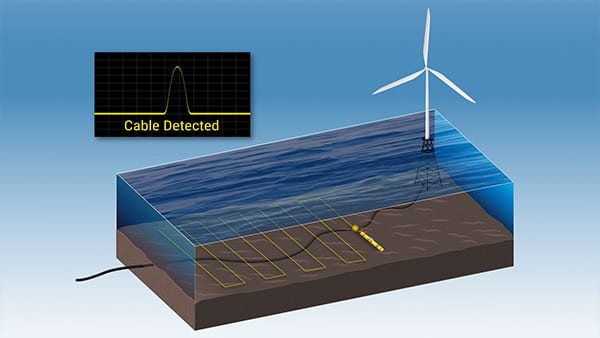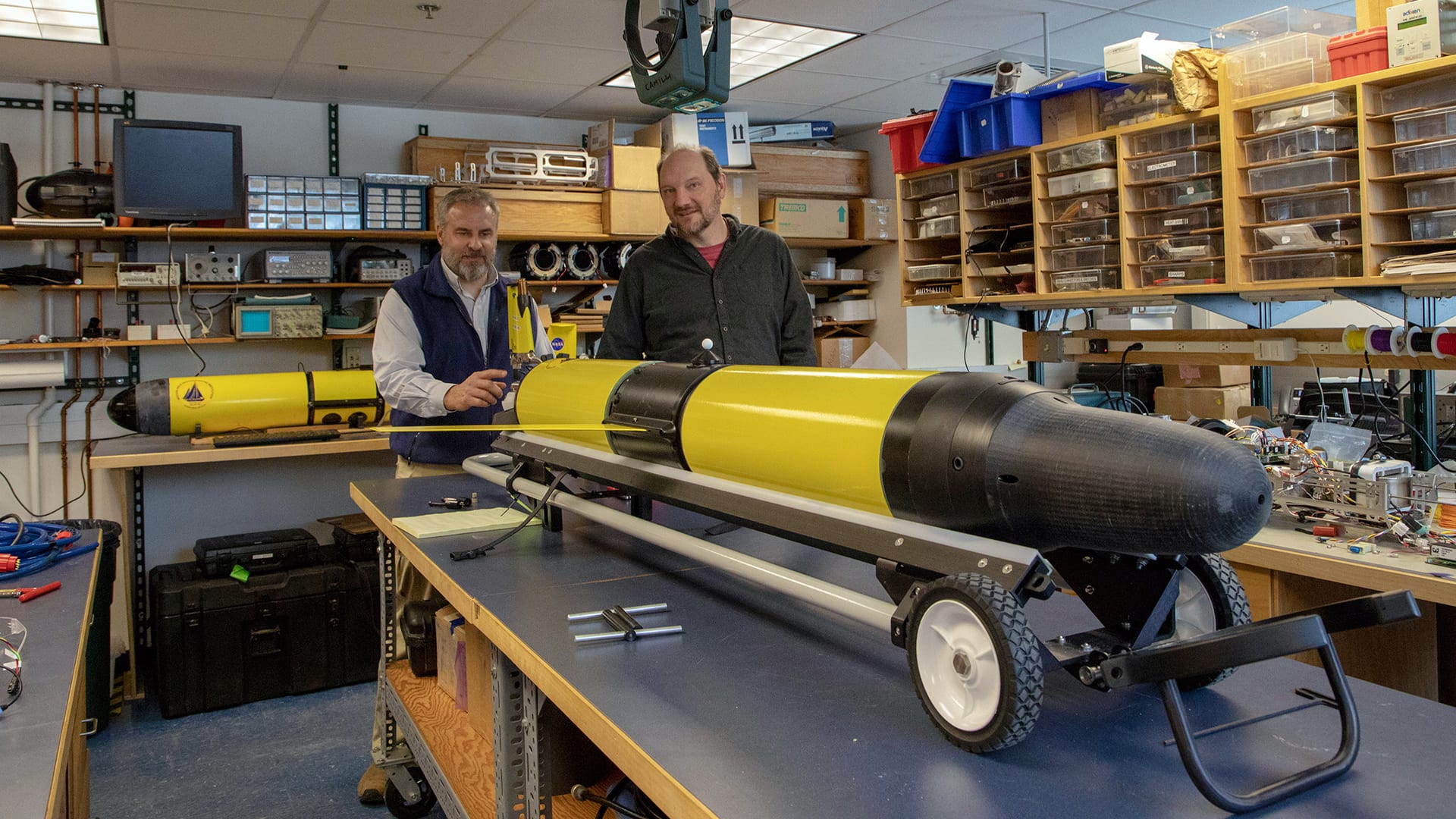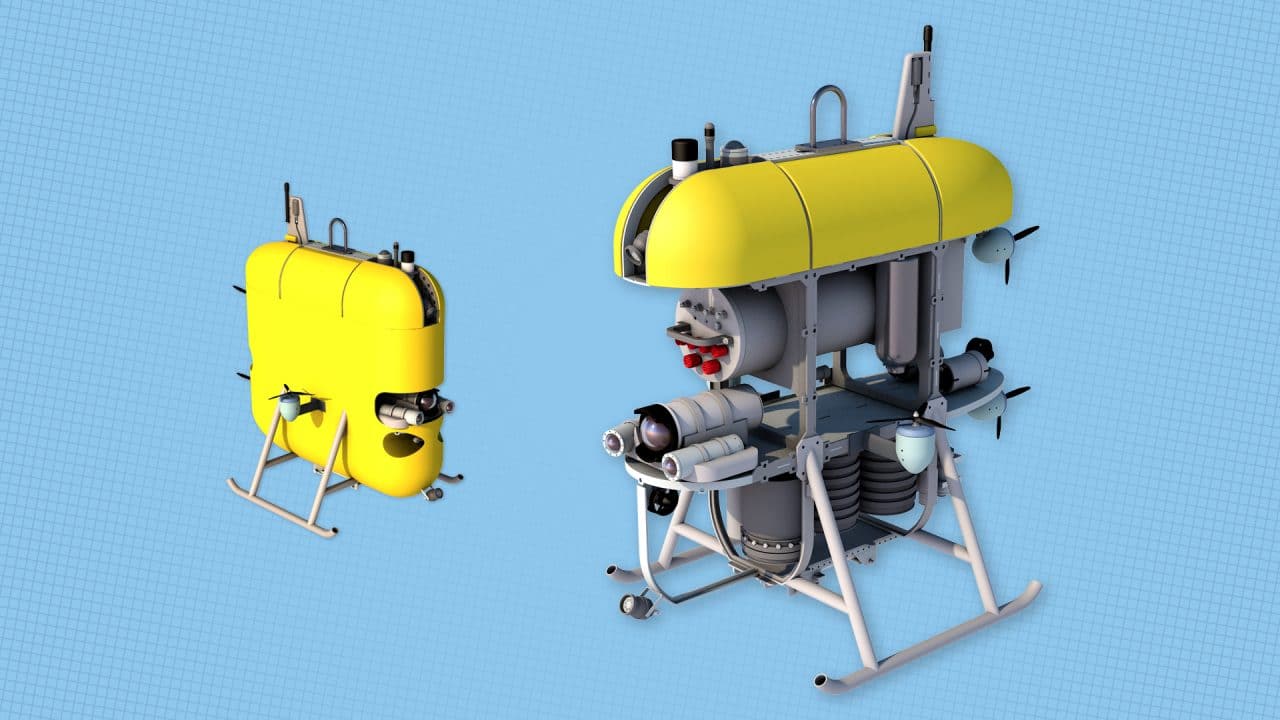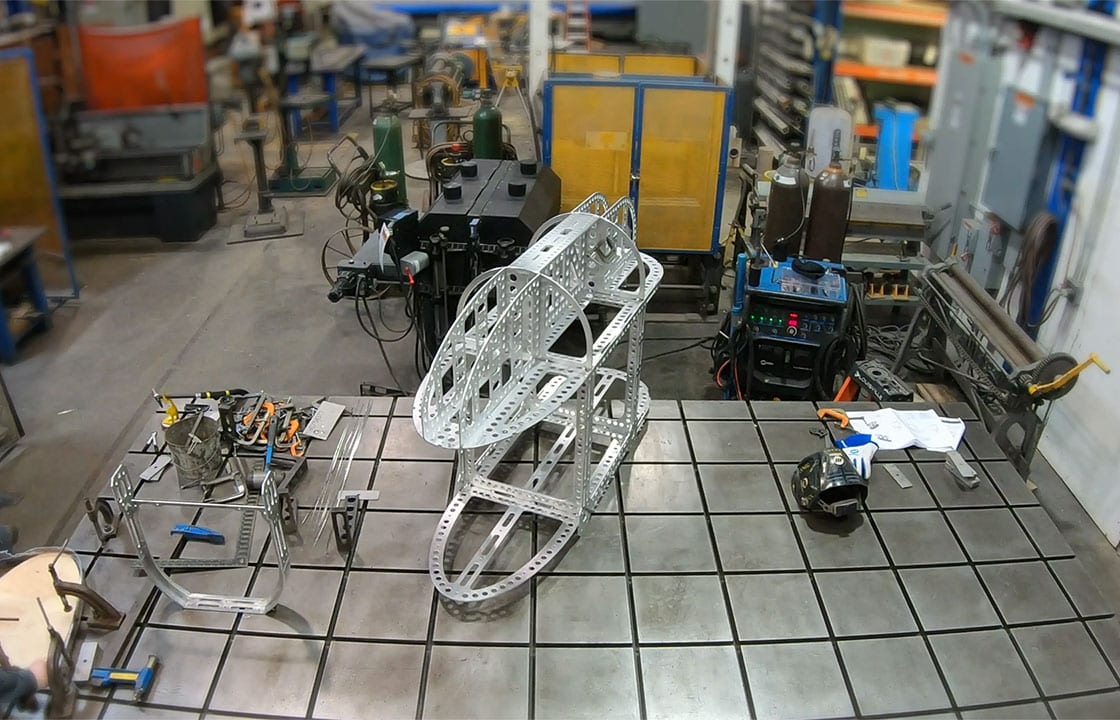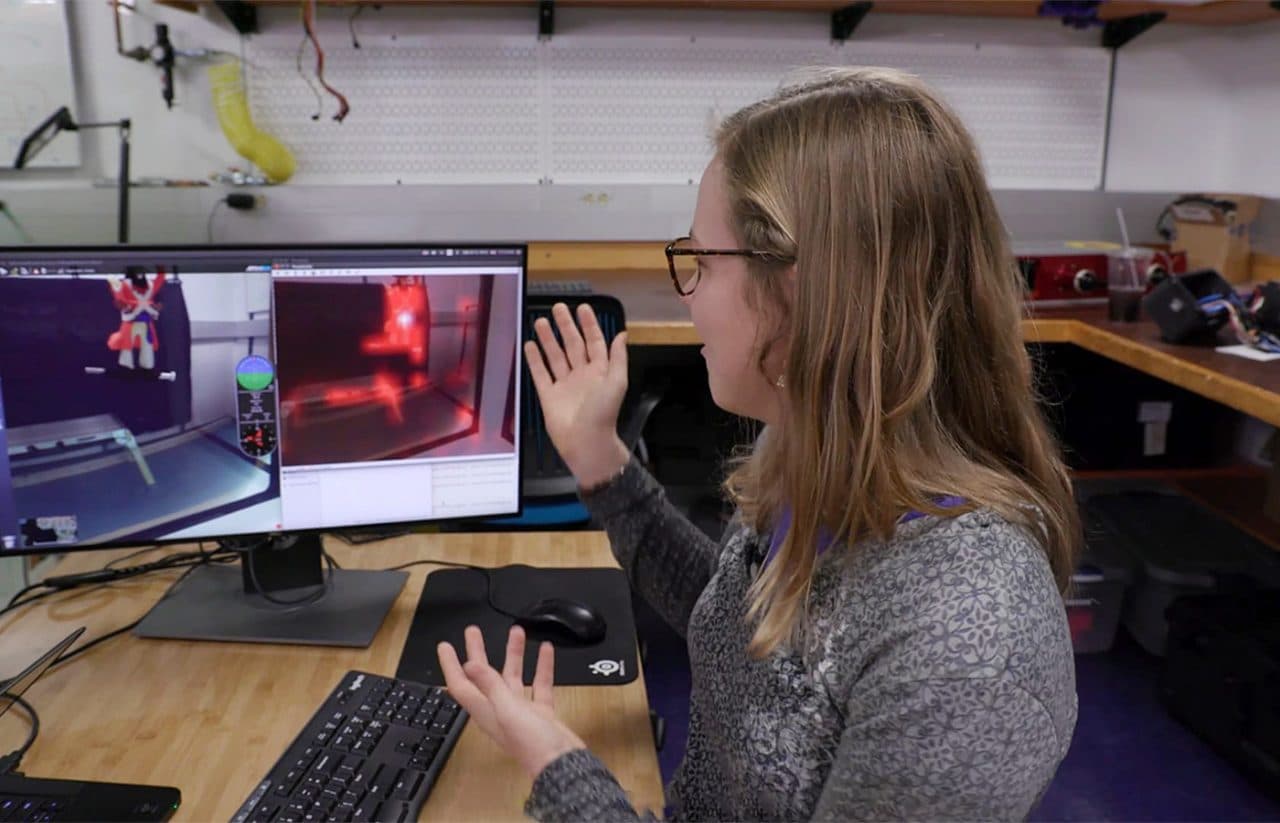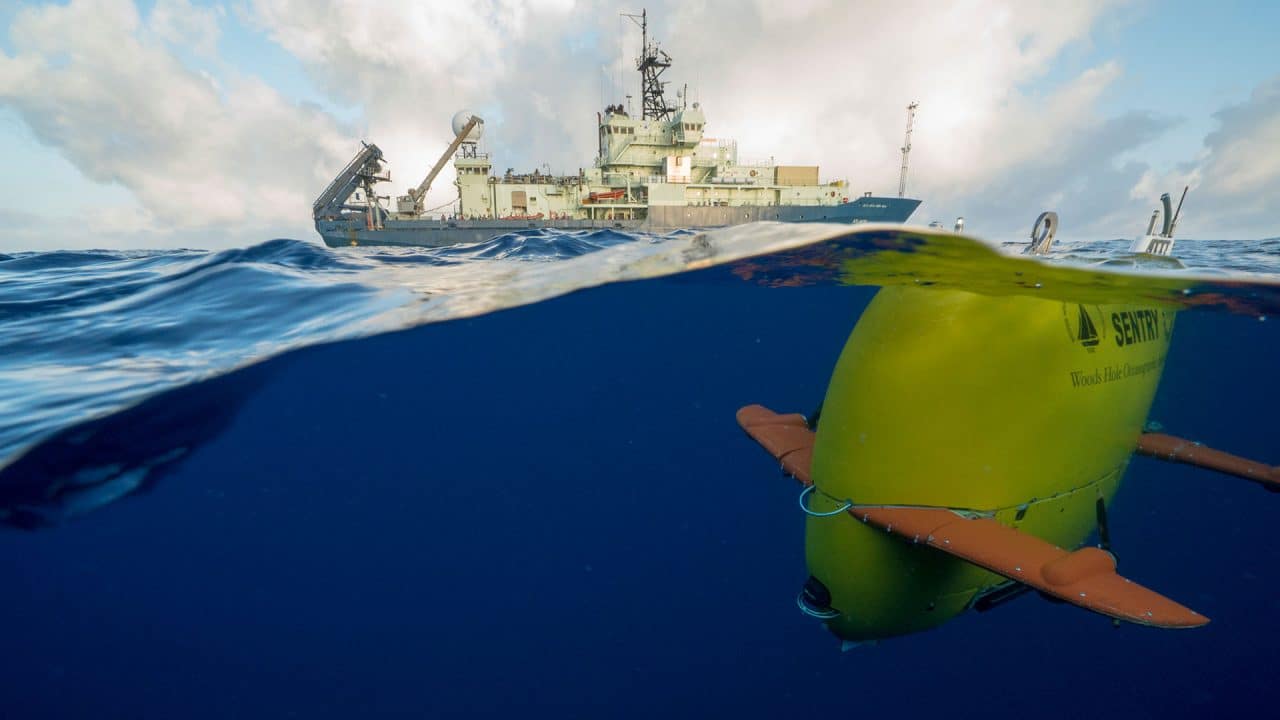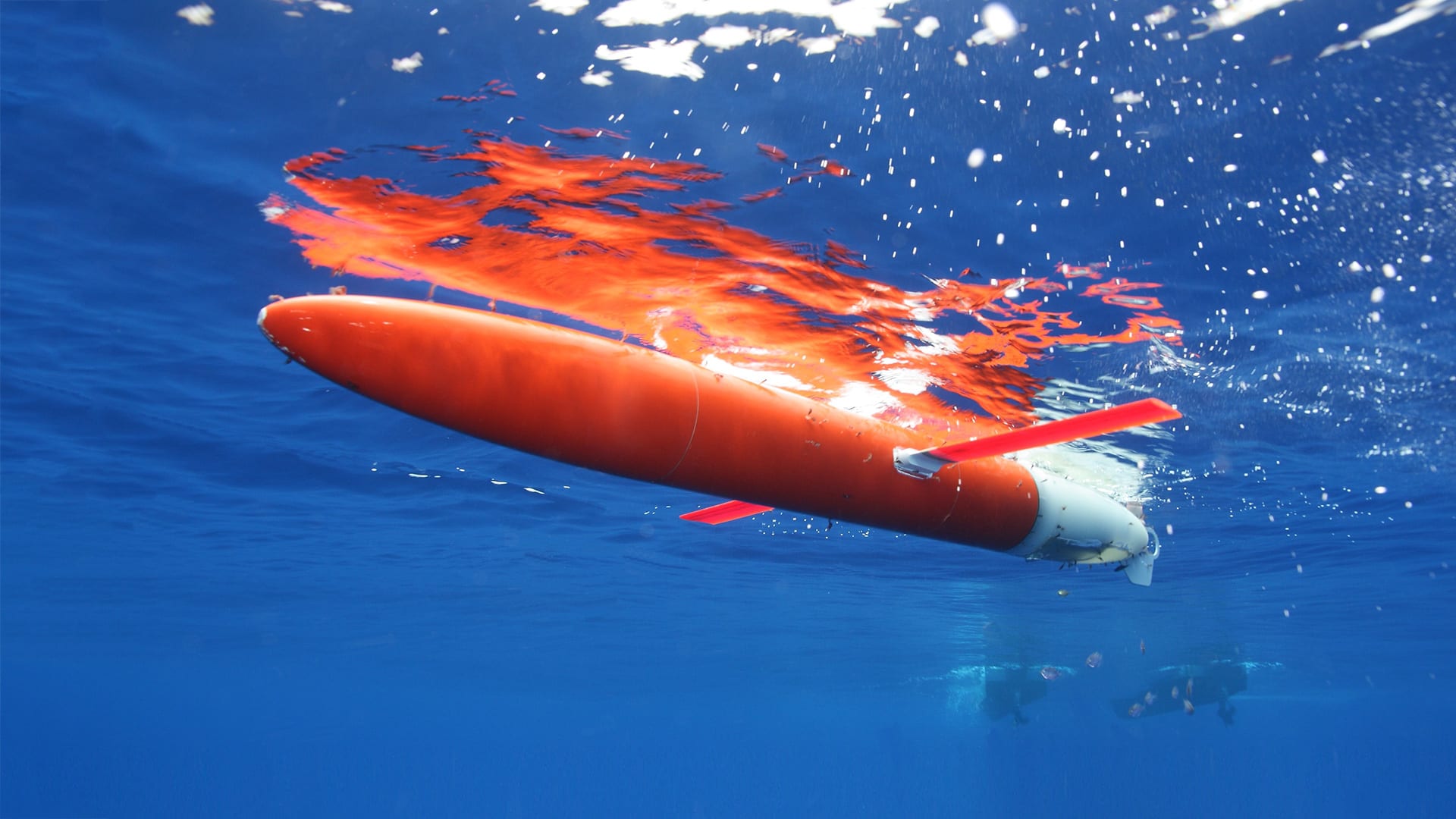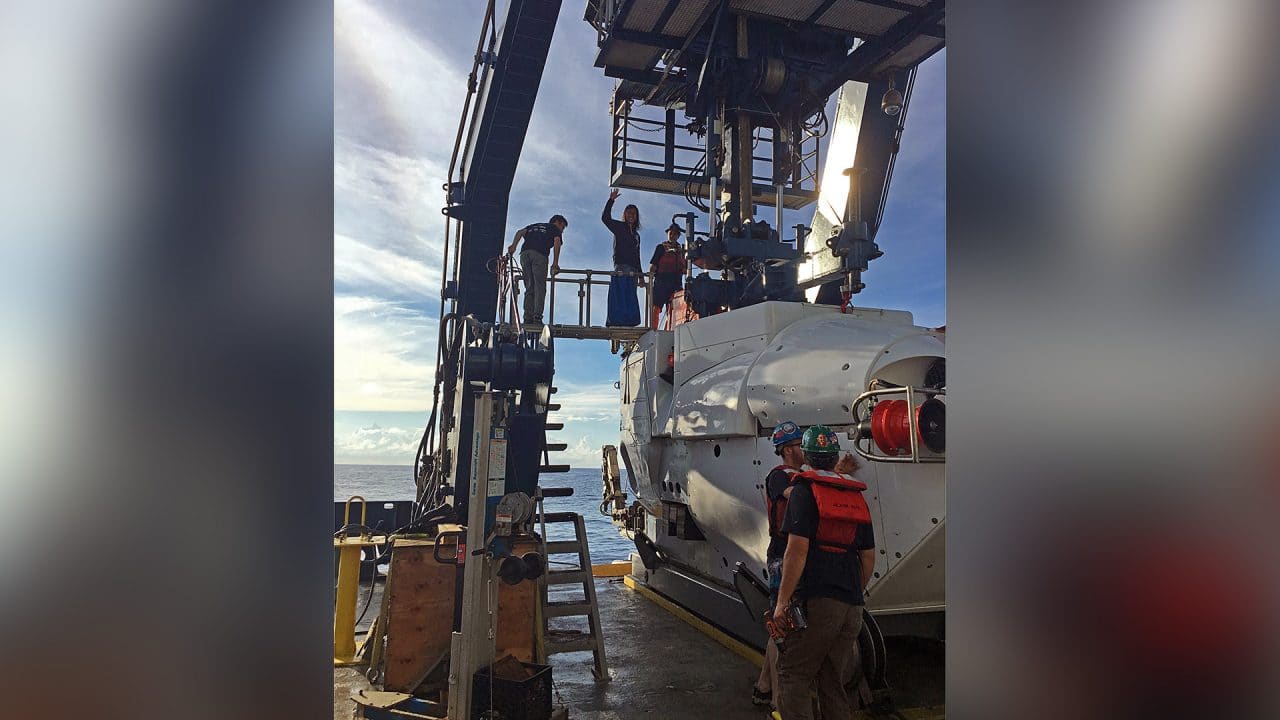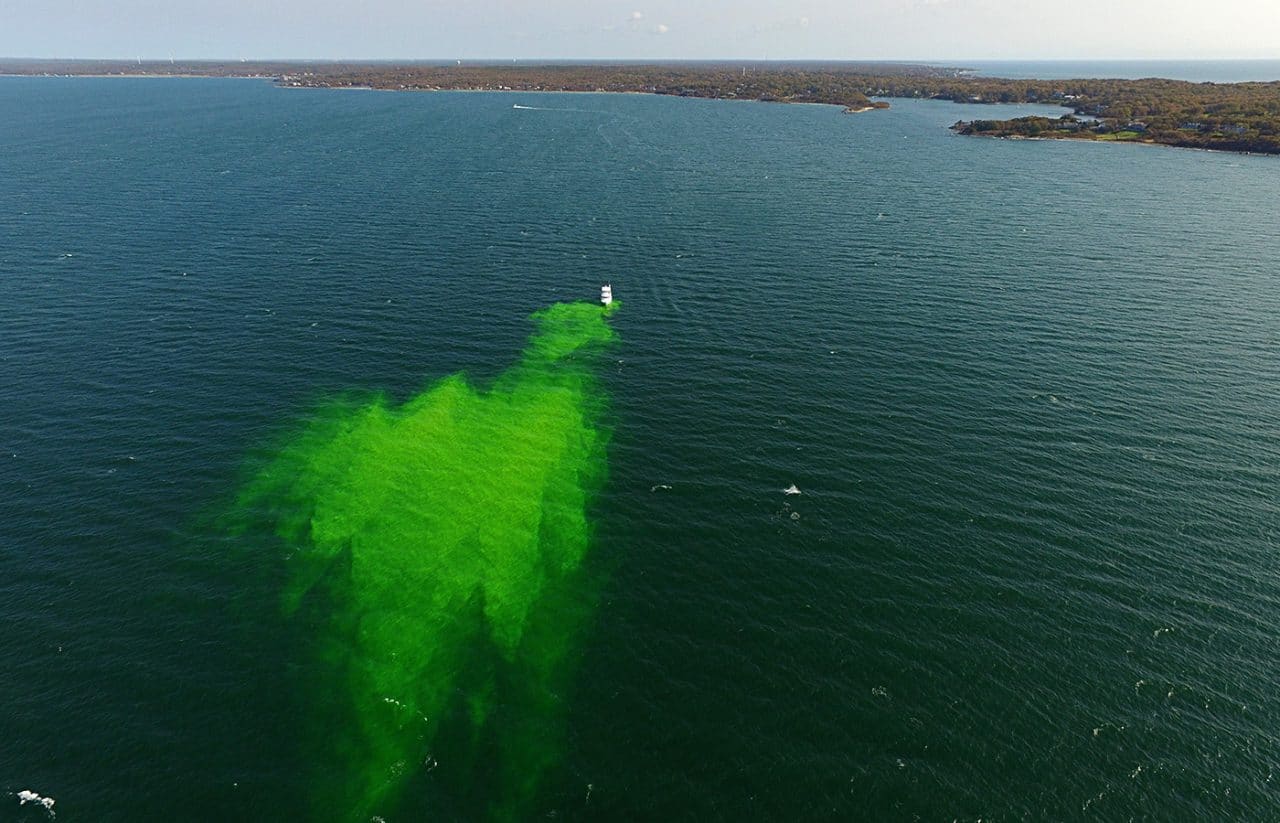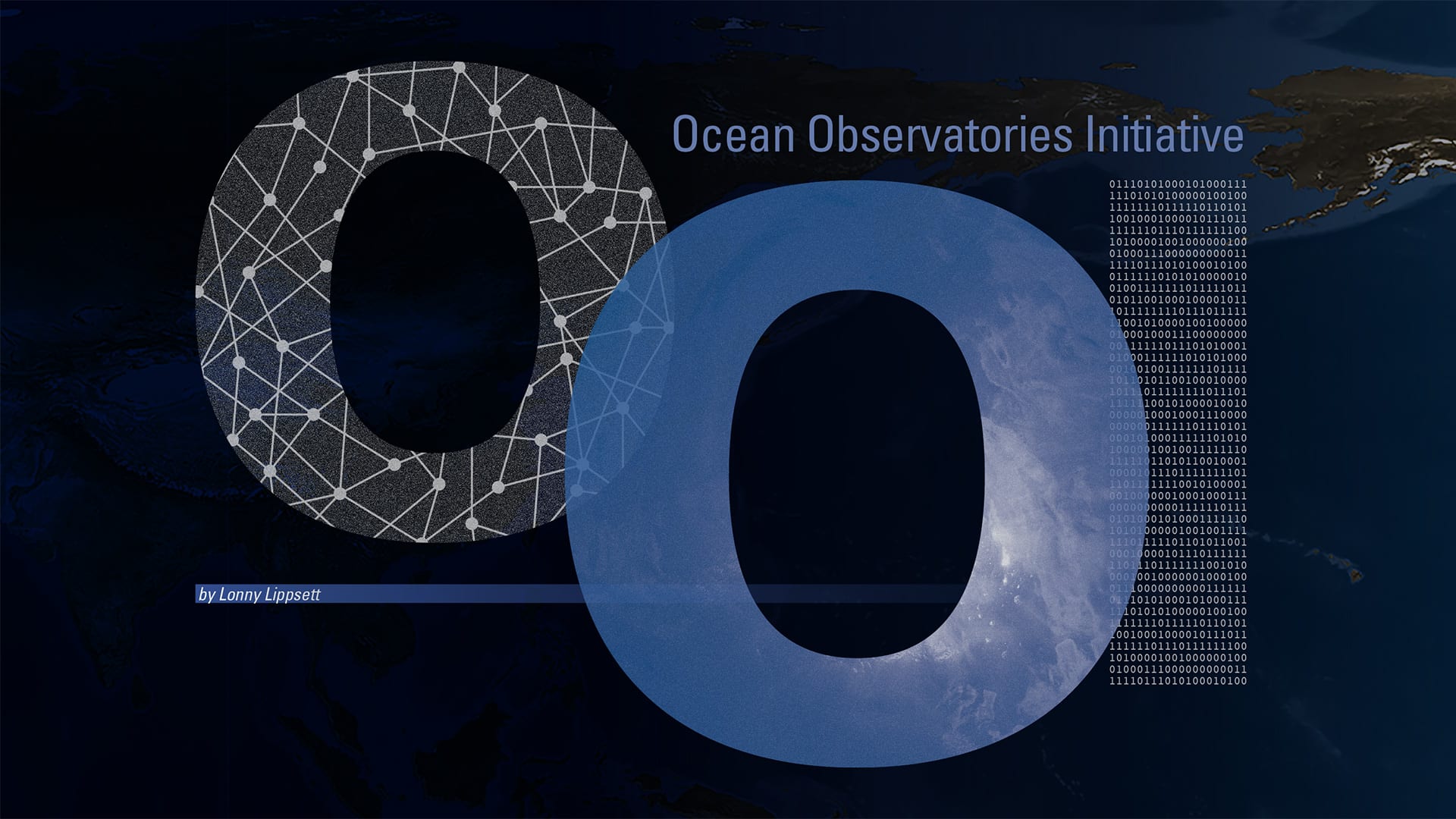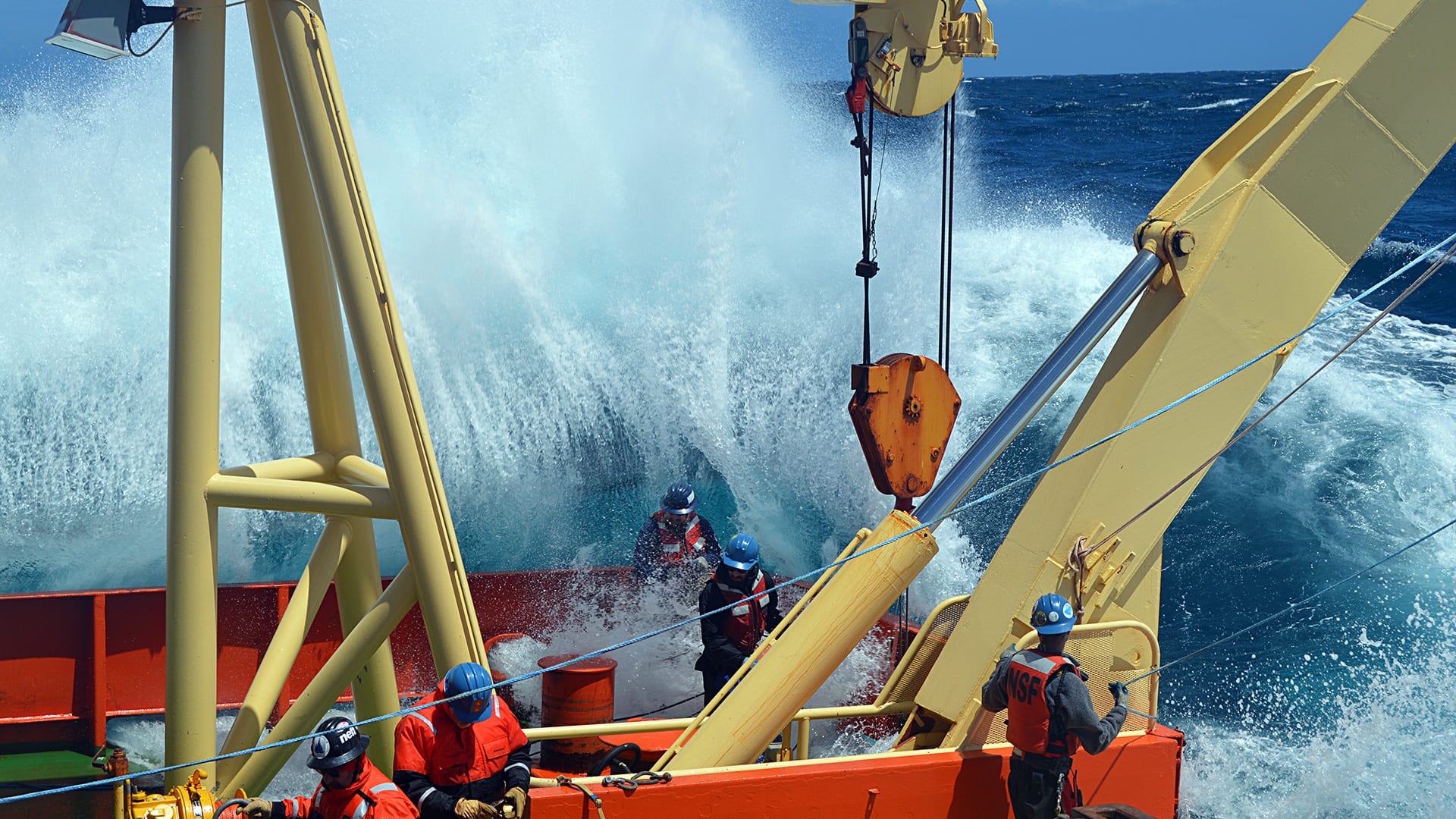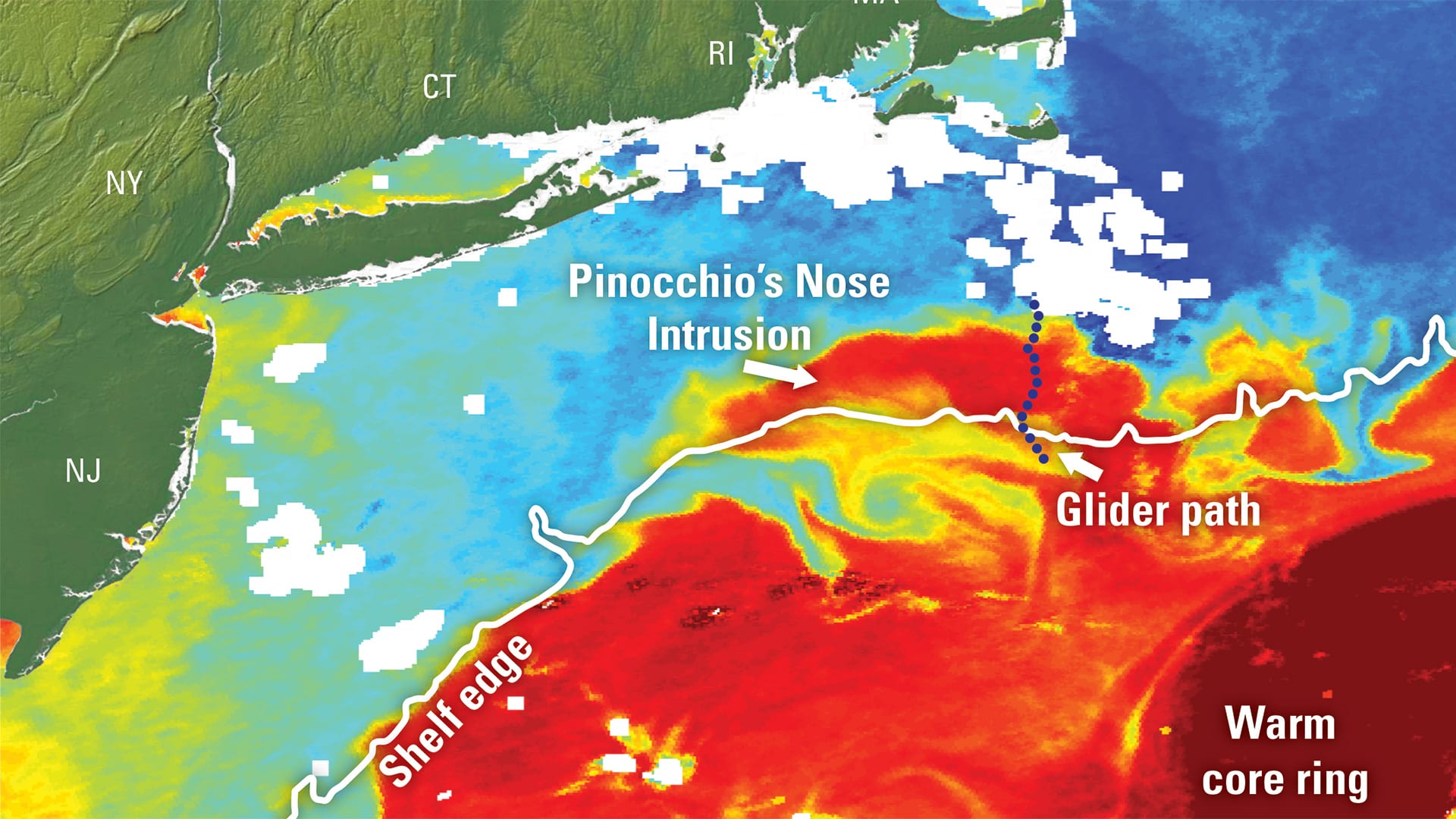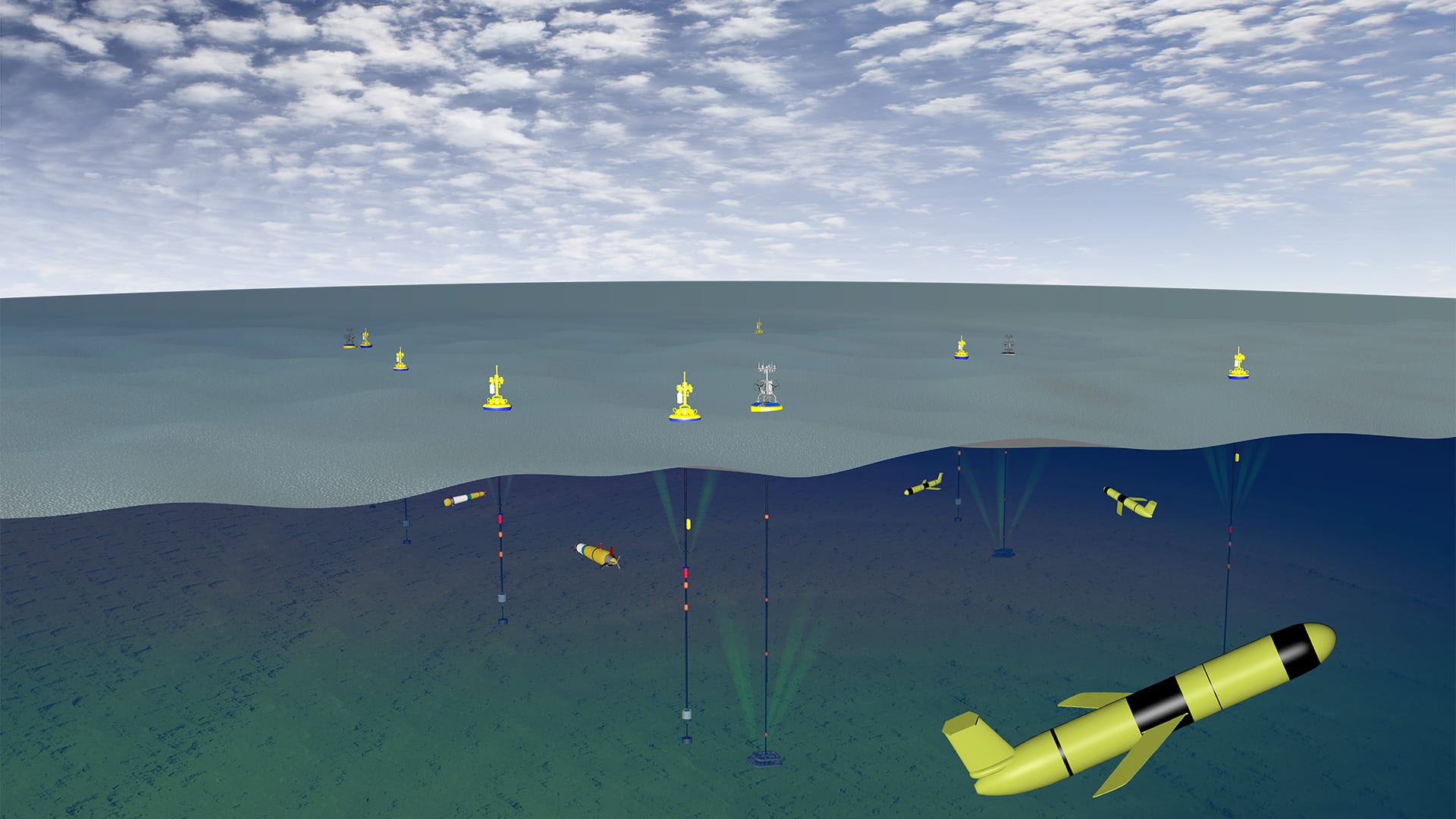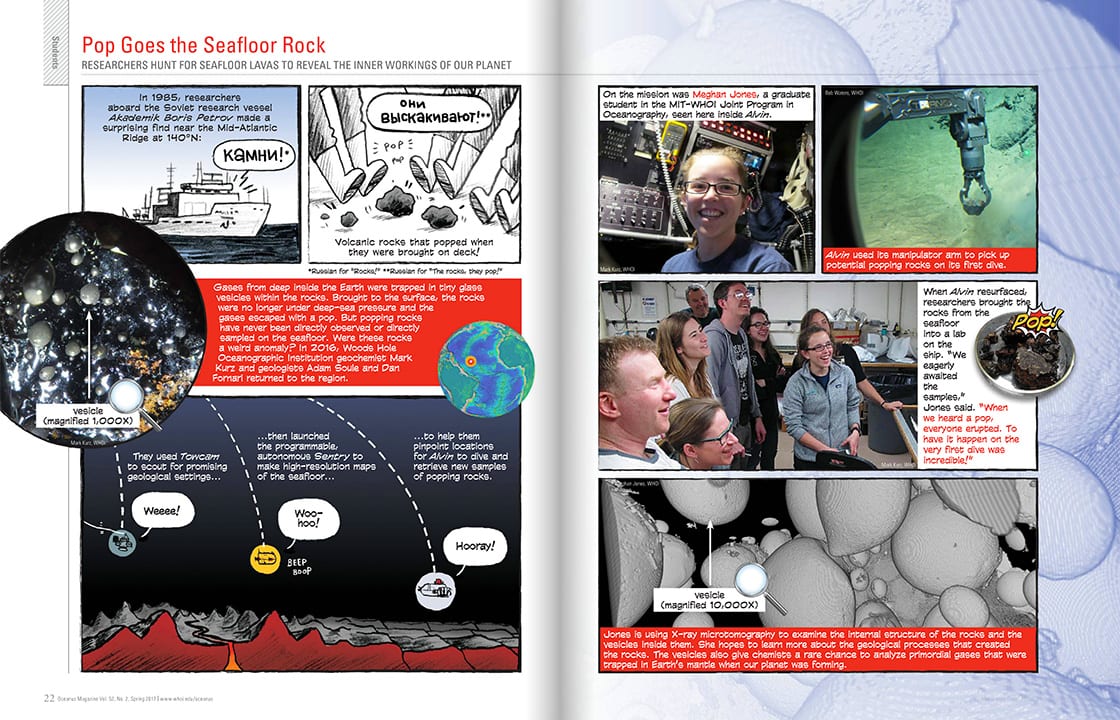Oceanus Online Archive
New glider design aims to expand access to ocean science
Gliders are vehicles vital to collecting oceanographic data, but not accessible to everyone in the ocean community. A team of WHOI engineers want to change that
Read MoreFive things to know about NOAA’s 2021 Tech Demo
Researchers prepare WHOI’s autonomous underwater vehicle, Orpheus for its first deep dive of 2021Tech Demo.
Read MoreMeet the Alvin 6500 Team: Rose Wall
Alvin Engineer Rose Wall on joining the Alvin Group during an overhaul and the pandemic.
Read MoreOil spill response beneath the ice
Successful test deployment of WHOI vehicle Polaris expands U.S. Coast Guard response to oil spills in the Arctic
Read MoreFrom Mars to the deep
Navigation technology that helped NASA’s Perseverance rover land safely on Mars could guide robots in another unexplored terrain that’s much closer to home: the deepest trenches of the ocean.
Read MoreFive extreme places to do ocean research
Whether they’re under the ice at the furthest poles or hovering above the ocean’s deepest volcanoes, these researchers get the job done.
Read MoreRacing an undersea volcano
Using AUV Sentry to make a high-resolution, near-bottom, seafloor map before the next volcanic eruption at the East Pacific Rise
Read MoreThe Rise of Orpheus
WHOI’s new deep-sea autonomous underwater vehicle moves one step closer to exploring the hadal zone—the deepest region of the ocean—to search for new clues about the limits of life on Earth, and possibly beyond.
Read MoreRapid Response at Sea
As sea ice continues to melt in the Arctic and oil exploration expands in the region, the possibility of an oil spill occurring under ice is higher than ever. To help first responders cope with oil trapped under ice, ocean engineers are developing undersea vehicles that can map oil spills to improve situational awareness and decision making during an emergency.
Read MoreA new way of “seeing” offshore wind power cables
Eager to share best practices and technical know-how with the offshore wind sector, WHOI researchers test out an autonomous underwater vehicle (AUVs)—a staple of oceanographic research—to see if it can perform subsea cable surveys faster and more economically than using large and expensive ships.
Read MoreNavigating the Changing Arctic
New, fully autonomous glider will collect critical-but-scarce ice thickness measurements from below the surface of the Arctic ocean.
Read MoreMesobot, Follow that Jellyfish!
WHO scientists and engineers are developing an innovative autonomous deep-sea vehicle with hovering and manuevering capabilities that will allow it to follow animals without disturbing their environment and behavior.
Read MoreCoding Curiosity
The ocean is an extreme environment that is hard for humans to explore. One solution is building deep-sea robots that can autonomously make decisions on what to look for and where.
Read MoreSentry Completes Its 500th Dive
WHOI’s free-swimming robot Sentry completed its 500th dive on October 16, 2018, off the Pacific Coast of Costa Rica. The autonomous underwater vehicle has used its sonar systems to help scientists map the seafloor, track the Deepwater Horizon oil spill, locate the voyage data recorder on the sunken El Faro cargo ship, and carry out advanced research on many other missions to help us better understand our ocean and our planet.
Read MoreThe Current that Feeds the Galápagos
A small fleet of robotic undersea vehicles paints the first detailed picture of a vast and important current within the ocean that had remained beyond our purview.
Read MoreJourney to the Bottom of the Sea
My eyelids were tightly pressed down as I mustered all the tricks I could think of to get myself to sleep. I rolled around with no sign of getting close…
Read MoreThe Discovery of Hydrothermal Vents
In 1977, WHOI scientists made a discovery that revolutionized our understanding of how and where life could exist on Earth and other planetary bodies.
Read MoreTo Track an Oil Spill
WHOI scientists are helping to develop a robotic underwater vehicle that can track oil spills and help responders mitigate damage in remote or ice-covered areas such as the Arctic Ocean and the Great Lakes.
Read MoreOcean Observatories Initiative
Sailors and scientists have gone to sea for centuries to unravel the inner workings of the watery region that covers two-thirds of our planet. But they have always had to…
Read MoreAqua Incognita
There is a jar of money in the conference room of the Mooring Operations & Engineering (MOE) team at Woods Hole Oceanographic Institution. It is a United Nations kaleidoscope of…
Read MorePinocchio’s Nose
It took only a month for the new Ocean Observatories Initiative (OOI) to reveal insights about shifting ocean circulation patterns that could have major impacts on marine life and fisheries…
Read MoreA Pioneering Vision
In 2005, scientists at Woods Hole Oceanographic Institution devised a revolutionary plan: They would deploy about 150 scientific instruments in coastal waters south of Martha’s Vineyard to try to understand…
Read MorePop Goes the Seafloor Rock
WHOI scientists used the human-occupied submersible Alvin and the autonomous underwater vehicle Sentry to explore a surprising discovery: gas-filled volcanic rocks on the seafloor that “pop” when brought up to the surface.
Read More